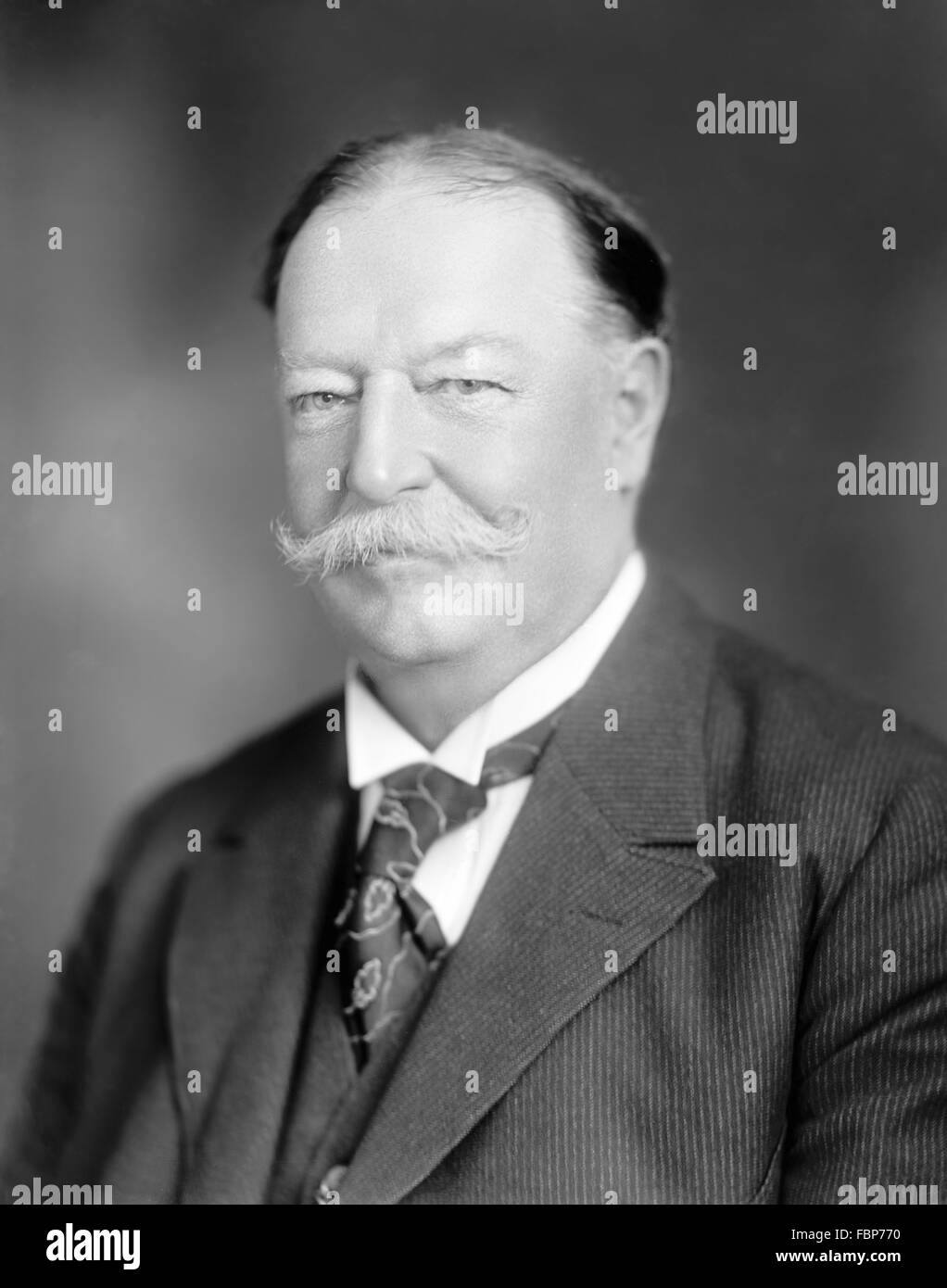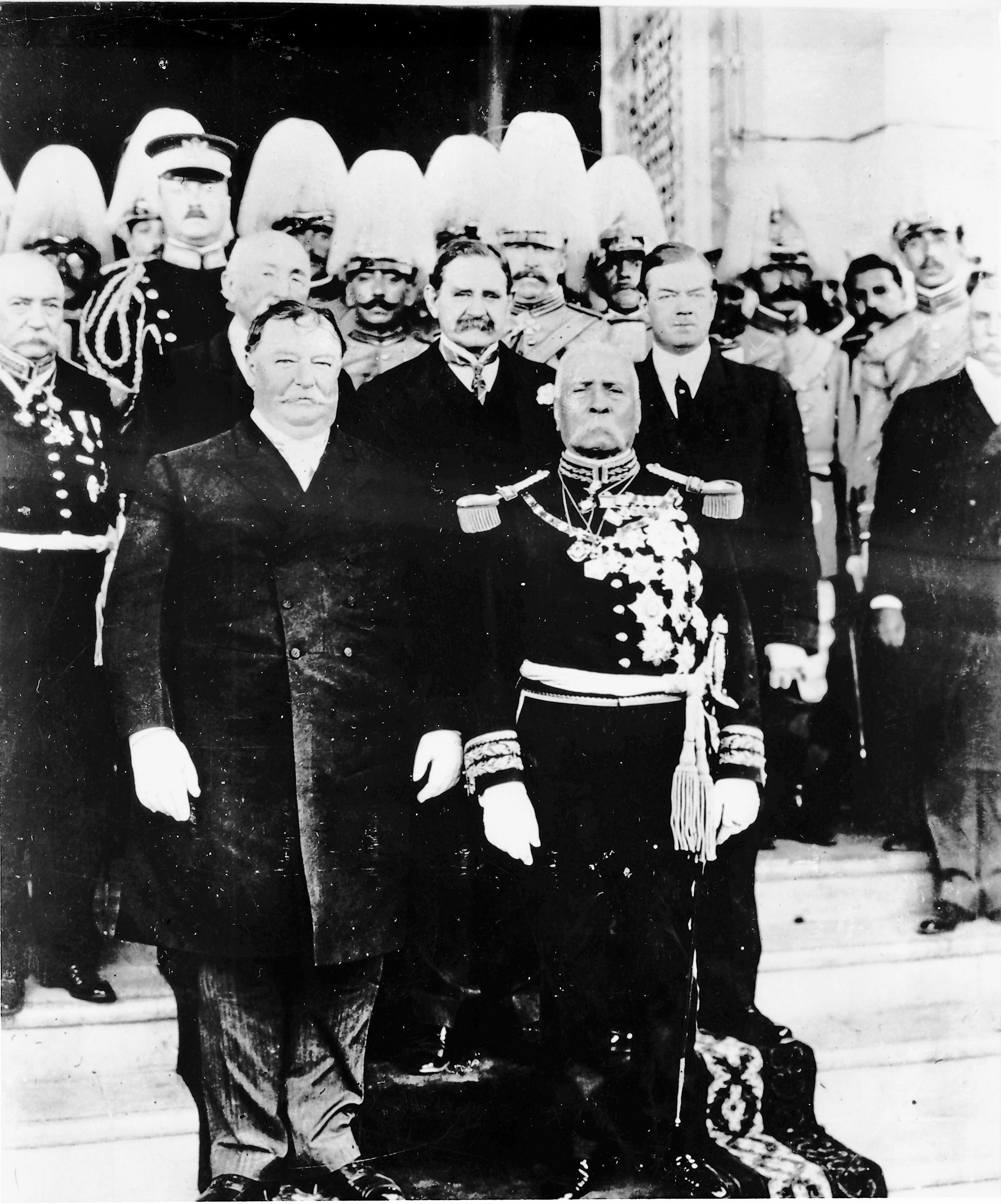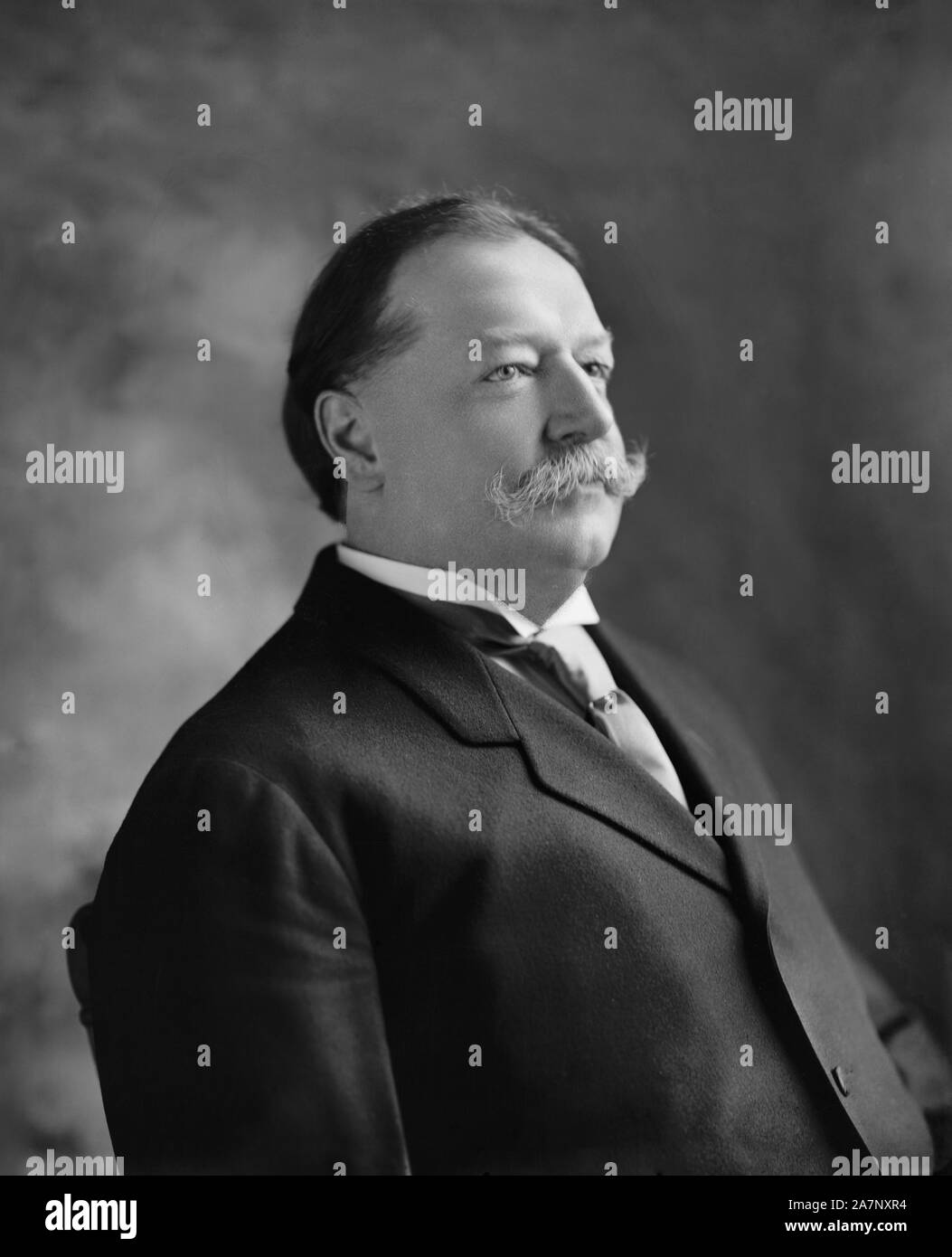When Was Taft President - Although every effort has been made to follow the rules of citation style, some inconsistencies may still exist. Consult the appropriate stylebook or other resource if you have questions.
US Supreme Court (1921-1930), US Supreme Court (1921-1930), US President (1909-1913), US Governor (1901-1904), Philippines
When Was Taft President

William Howard Taft, (September 15, 1857, Cincinnati, Ohio, USA - March 8, 1930, Washington, USA) ) As the choice of Pres. Theodore Roosevelt succeeded him and continued the Republican progressive agenda, Taft's presidency alienated the progressives and later Roosevelt, and the Republican split in 1912 led to the formation of the Bull Moose Party (also known as the Progressive Party). And it was his second disastrous claim that year.
Was Our 27th President Antisemitic?
The son of Alphonso Taft, Secretary of War and Attorney General (1876-77), Ulysses S. Grant, and Louisa Maria Torrey, Taft graduated from Yale University in 1878, studied law, and was admitted to the Ohio bar in 1880. He was drawn to Republican politics and held several minor appointments until 1887, when he was appointed to an uncompleted term as a justice of the Ohio Supreme Court. The following year he was elected to his five-year term, the only president to be elected without a popular vote. From 1892 to 1900, he was a judge of the United States Court of Appeals for the Sixth Circuit, where he issued several decisions against organized labor. He supported the use of injunctions to stop railroad workers from striking and outlawed the use of secondary boycotts. On the other hand, it protected workers' rights to organize, unionize and strike, and expanded the enforcement of antitrust laws.
Taff resigned as judge on March 15, 1900, and accepted a presidential appointment. William McKinley was the second chairman of the Philippine Commission. After the Spanish-American War (1898), Taft was responsible for organizing a popular government on the island, and he showed considerable talent as an executive and administrator. In 1901, he became the first civilian governor of the Philippines and was primarily responsible for the economic development of the archipelago. Taft was well-liked and popular with Filipinos, and he twice refused to leave the island when the president appointed him to the Supreme Court. Theodore Roosevelt. In 1904 he returned to Washington to serve as Roosevelt's Secretary of War, continuing to oversee Philippine affairs.
The agile, easy-going Taft and the muscular, almost mean Roosevelt became close friends, despite differences in size and personality; The President considered the Secretary of the Army a trusted adviser. When Roosevelt declined to run for reelection, he won the Republican nomination in 1908 and supported Taft by 321 votes to 162 over Democrat William Jennings Bryan in the Electoral College. Progressive Republicans found a champion in Theodore Roosevelt, and now they look to Roosevelt's handpicked successor to advance their reform agenda.
Progressives quickly discovered that they had good reason to be frustrated with Taft. Personality-wise, he lacked Roosevelt's persuasive leadership to inspire people to fight against all the wrongs in American society. Politically, Taft offended them by appointing no progressives to the Cabinet. He drew the ire of progressives when he supported the Payne-Aldrich Tariff of 1909, a very protectionist measure that, ironically, called a special session of Congress (by Taft) to lower the tariff rate. Progressives who favor low tariffs are expected to fail. When Taft not only signed the tariffs into law, but called it "the best bill this party has ever passed," the Republican divide was unlikely to be resolved.
Th President William H Taft Color Portrait 11 X 14 Published
Despite his close relationship with Roosevelt, Taft aligned himself with the more conservative members of the Republican Party as president. But he has proven to be an aggressive anti-monopoly fighter, making twice as many anti-monopoly complaints as his progressive predecessors. It also supports the conservation of natural resources, another important component of the progressive reform agenda. But when he fired Gifford Pinchot—a Forest Service chief, fire protectionist, and Roosevelt confidant—Taft cut off the support he still had among the progressive wing of the Republican Party.
After Roosevelt returned from a trip to Africa in 1910, progressives quickly urged him to speak out against his political patron. Roosevelt initially refused to criticize Taft's name, but by 1912 the rift between the former friends was evident. When Roosevelt decided to challenge Taft for the Republican presidential nomination, the two faced off brutally in the Republican primary. Early results left no doubt that Republican voters wanted Roosevelt to be the party's standard-bearer in 1912, but Taft's forces controlled Congress and secured the current nomination. Convinced that Congress had been rigged and that the people had been cheated out of the nomination they deserved, Republican progressives left the party, formed the Bull Moose (or Progressive) Party, and nominated Roosevelt as their presidential candidate.
A split in the Republican Party ensured the election of Democrat Woodrow Wilson. Roosevelt was a distant second and Taft had less than a quarter of the population, just Utah and Vermont. In the Electoral College, Taft had the worst performance of any sitting president seeking reelection: he received only eight electoral votes, compared to Roosevelt's 88 and Wilson's 435.

As president, Taft often claimed that "politics makes me sick." Never eager for the position, he was urged to pursue it by his wife, Helen Herron Taft, whom he married in 1886. As First Lady, she was an important political advisor to her husband. It is human nature to think of other people as rules of conduct. "
U.s. President William Howard Taft
The 27th President of the United States, William Howard Taft, fulfilled a lifelong dream when he was appointed Chief Justice of the Supreme Court, becoming the only person in the United States to serve as both Chief Justice and President.
William Howard Tuff was born on September 15, 1857 in Cincinnati, Ohio. The son of a prominent political family, he followed his parents into the legal profession and was on track to become a professional jurist, moving toward his dream job on the Supreme Court when he was moved by his wife and Theodore Roosevelt to the 27th U.S. Office. President. Taft finally achieved his dream of being appointed Chief Justice of the United States Supreme Court in 1921, becoming the only person to serve as both Chief Justice and President. Taff died on March 8, 1930 in Washington, D.C.
William Howard Taft was born on September 15, 1857 in Cincinnati, Ohio, the daughter of Luisa Maria Torrey and Alphonso Taft, one of six children. Many of Taft's ancestors in the Massachusetts Bay Colony practiced law, including William's father, Alphonso Taft. Alphonso Taft served as Secretary of War and Attorney General under President Ulysses S. Grant and Secretary of State under President Chester A. Arthur.
Taft attended private schools and, like his father, attended Yale. There, he joined the now famous secret society of Skulls and Bones, founded by his father in 1832. Taft graduated from Yale in 1878. Contrary to tradition, he attended the University of Cincinnati Law School and was admitted to the Ohio State Bar in 1880. Soon after, in 1886, at a suitcase party, Taft met a close school friend of his only sister, Frances: Helen "Nellie" Herron.
William Howard Taft
Taft has hinted at some of his political ambitions, joking that if he ever gets to Washington it will be because his wife is Treasury secretary, but he says his lifelong dream is to sit on the Supreme Court. However, Nellie, who visited the Hayes White House with her family as a child, expressed interest in living there.
A young lawyer from a politically prominent family, Taft quickly rose through the ranks to become county attorney, state judge, and then, at age 32, in 1890, President Benjamin Harrison appointed America's youngest attorney general. The family moved to Washington for two years, much to Nellie's delight; There they met Theodore and Edith Roosevelt.
Several other positions in Cincinnati followed, but ten years later, President William McKinley appointed Taft governor of the Philippines. The Port judge then took his wife and three children to Southeast Asia, where he stayed for four years, visiting China, Japan and the Vatican. TAF improved the Philippines' economy and infrastructure, and expanded opportunities for Filipinos to participate in government.

Returning to Washington in 1904, Taft became President Theodore Roosevelt's Secretary of War. Two years later, Roosevelt
William Howard Taft 27th President Of The United States Of America Matchbook
When was eisenhower president, when was grant president, was taft a good president, when was taft elected president, what president was taft, what year was taft president, when was william taft president, taft president, when was nixon president, when was president taft in office, when was washington president, president william h taft
Post A Comment:
0 comments so far,add yours